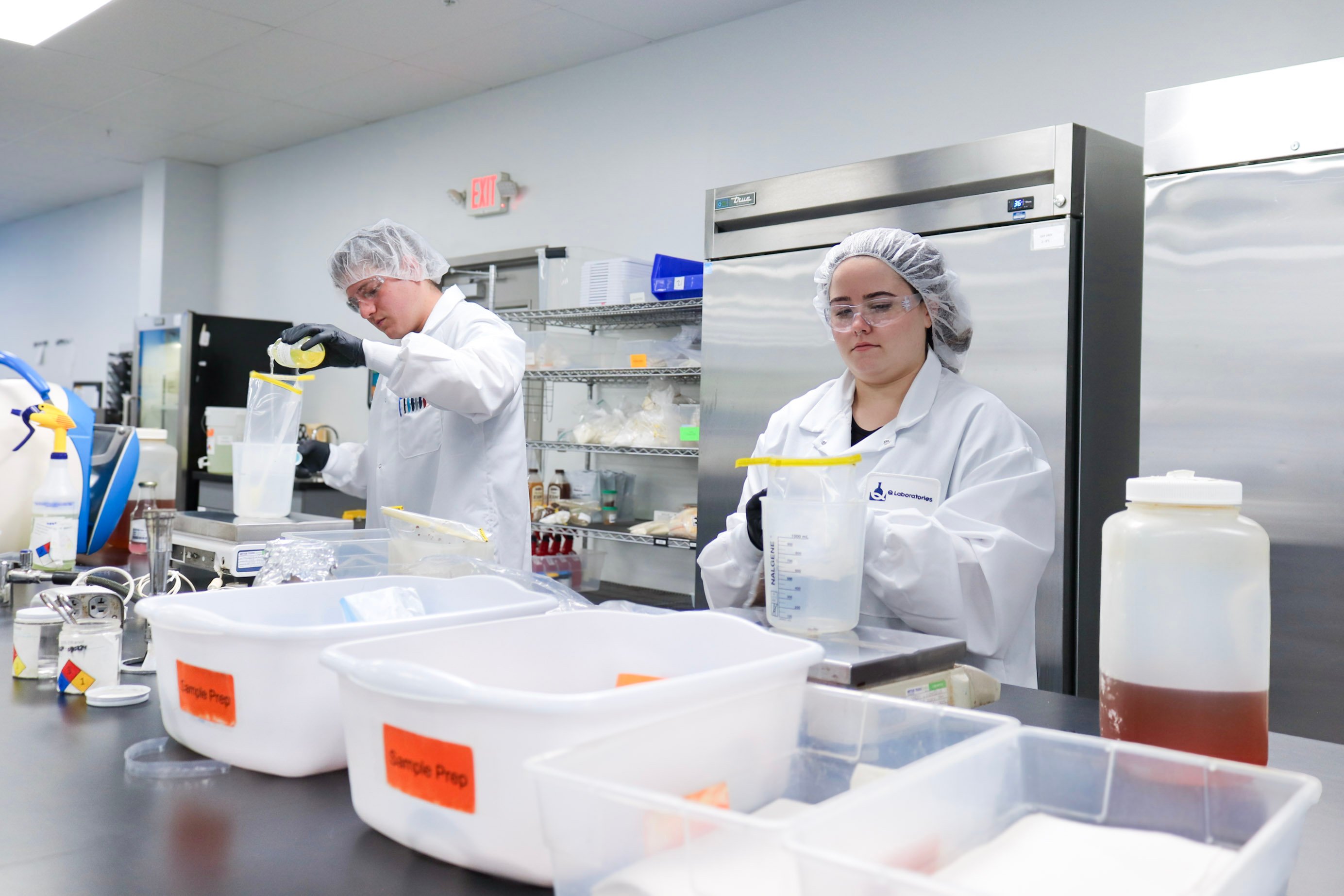Following our previous blog and webinar, "Validation of Alternative Methods for Larger Test Portion...
Validation of Alternative Methods for Larger Test Portion Sizes: The Bigger the Better?

To ensure proper monitoring within a food production chain, sampling and testing is performed on numerous test portions, and various food matrices and environmental surfaces. However, sampling is a stochastic process, and the uncertainty of results is increased by the non-uniformed distribution of microorganisms in a food batch. The current trend in the food industry is to develop an appropriate sample pooling strategy to improve the efficiency of large-scale pathogen screening campaigns by reducing the number of tests. In addition to the cost-effective approach, the goal, of course, is to better assess the risk of a foodborne hazard.
As the trend toward sample pooling increases, the need for properly validated methods does too. In order to do this, we need to ask two fundamental questions:
- How do you evaluate the performance of standard or alternative methods when increasing the test portion sizes?
- What are the current and globally accepted technical rules to avoid problems with inadequately validated or verified pooling methods?
Fortunately, if you are reading this, we have answers to both of these questions! While the full details go beyond what we can cover here, we'll do our best to give you a brief summary.
Pooling vs. Composite?
The term “pooling” in itself takes on a different meaning at the global level. A brief conversation with other food safety colleagues confirmed that while pooling, derived from ISO 6887 standards, is common in the EU, the U.S. market traditionally uses the term composite. Why does this matter? The harmonization of terms is essential to clearly understanding how a method has been validated and what may require additional validation if pooling is to be conducted both pre- and post-enrichment. Additional information on pooling can be found in ISO 6887-1:2017(en) Microbiology of the food chain — Preparation of test samples, initial suspension and decimal dilutions for microbiological examination — Part 1: General rules for the preparation of the initial suspension and decimal dilutions.
Addressing Larger Test Portion Sizes
The second question above can be answered with the publication of the new amendment of ISO 16140-4: Microbiology of the food chain — Method validation — Part 4: Protocol for method validation in a single laboratory- FDAmd.1- Larger test portion sizes. This standard clearly outlines the procedures for validation of a larger test portion size of both an alternative and a cultural reference method.
The standards above describe how to manage pooled samples at both the sampling and testing points in the journey to obtaining a result. The key ingredient here is to clearly understand the differences between “sample” or “test portion”. The latter of course is the actual analytical unit being tested. This is critical to the analyst performing the method, preparing appropriate dilutions and, ultimately, how the result is reported.
Need Help with Testing, Validation, Training or Consulting?
If you have questions or need assistance with validation, testing, or consulting, contact us at www.qlaboratories.com.



